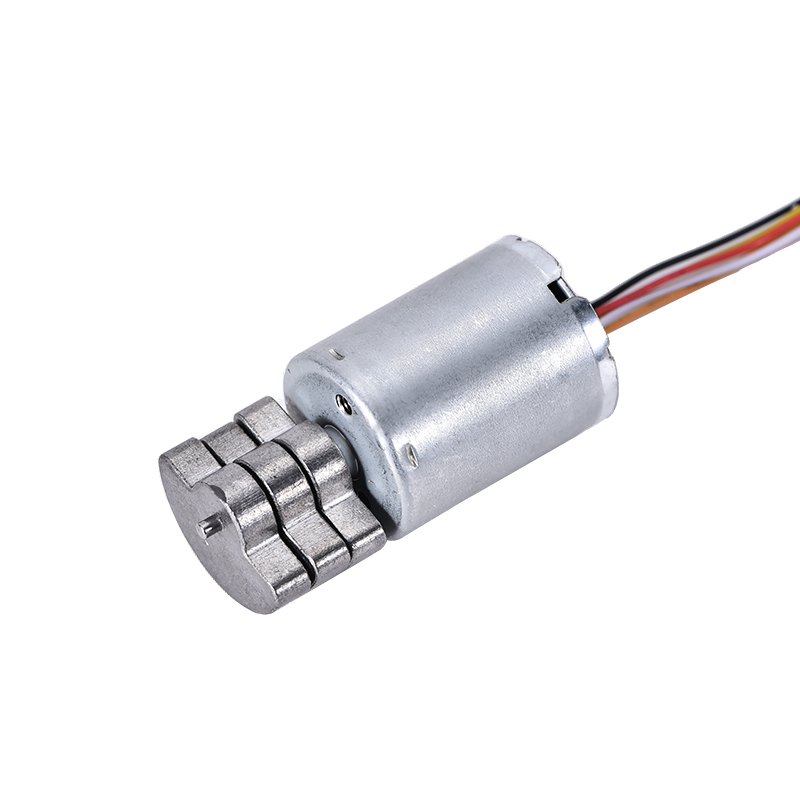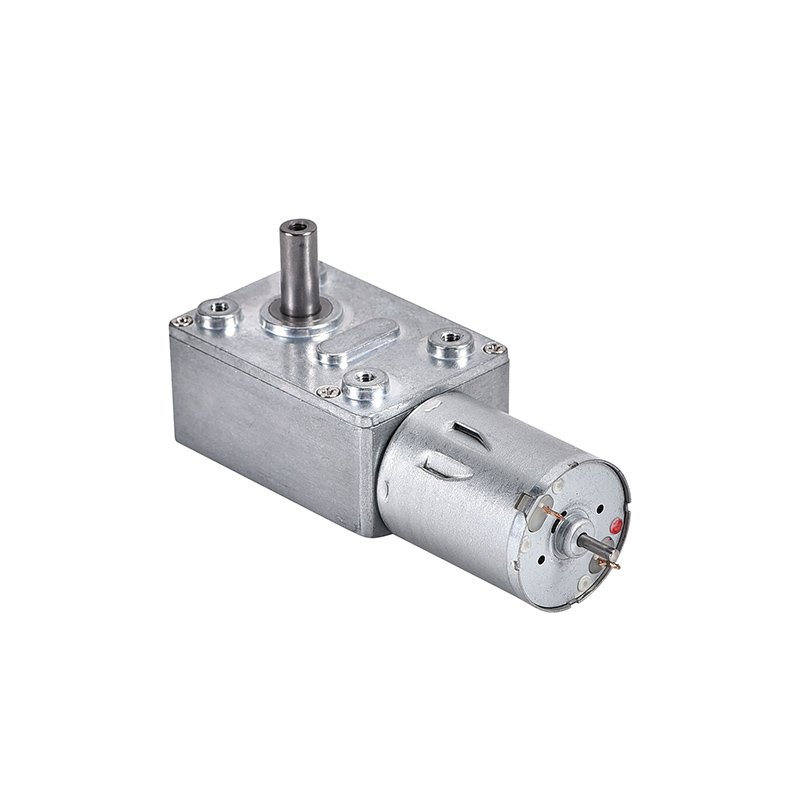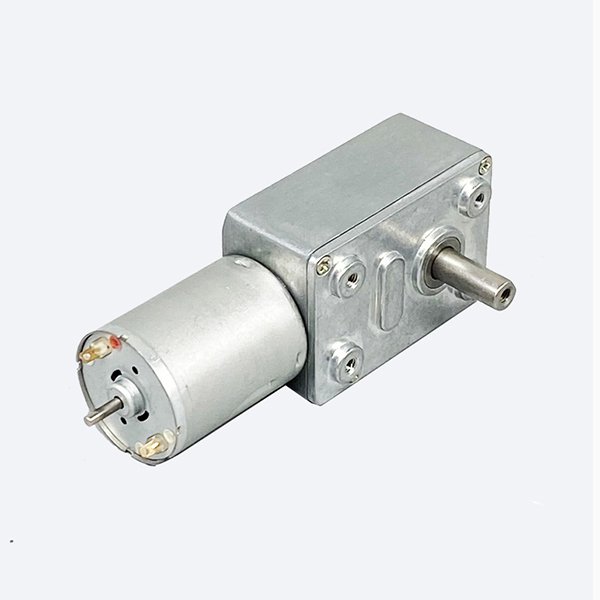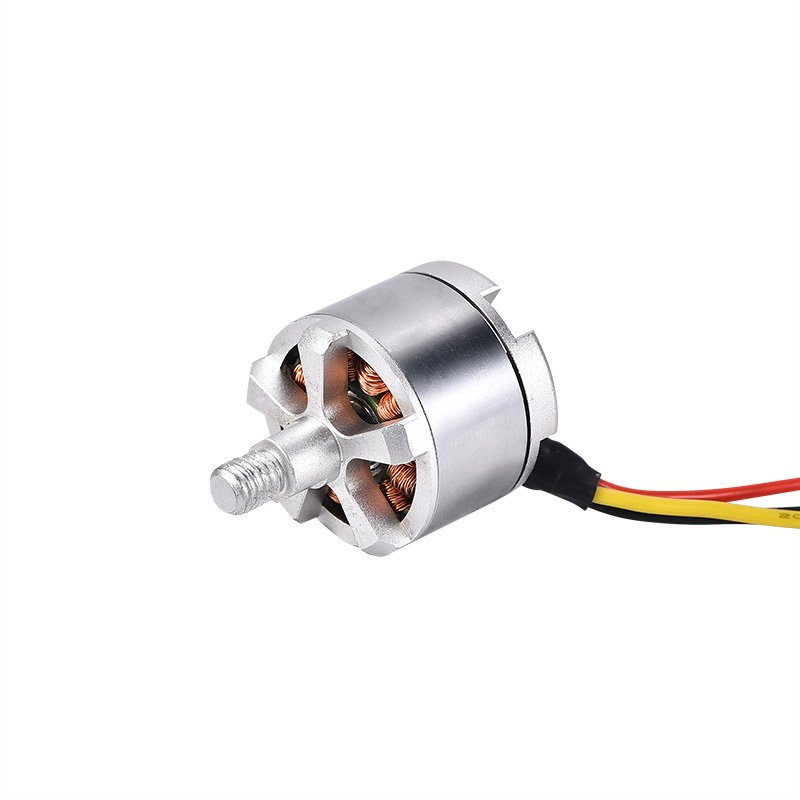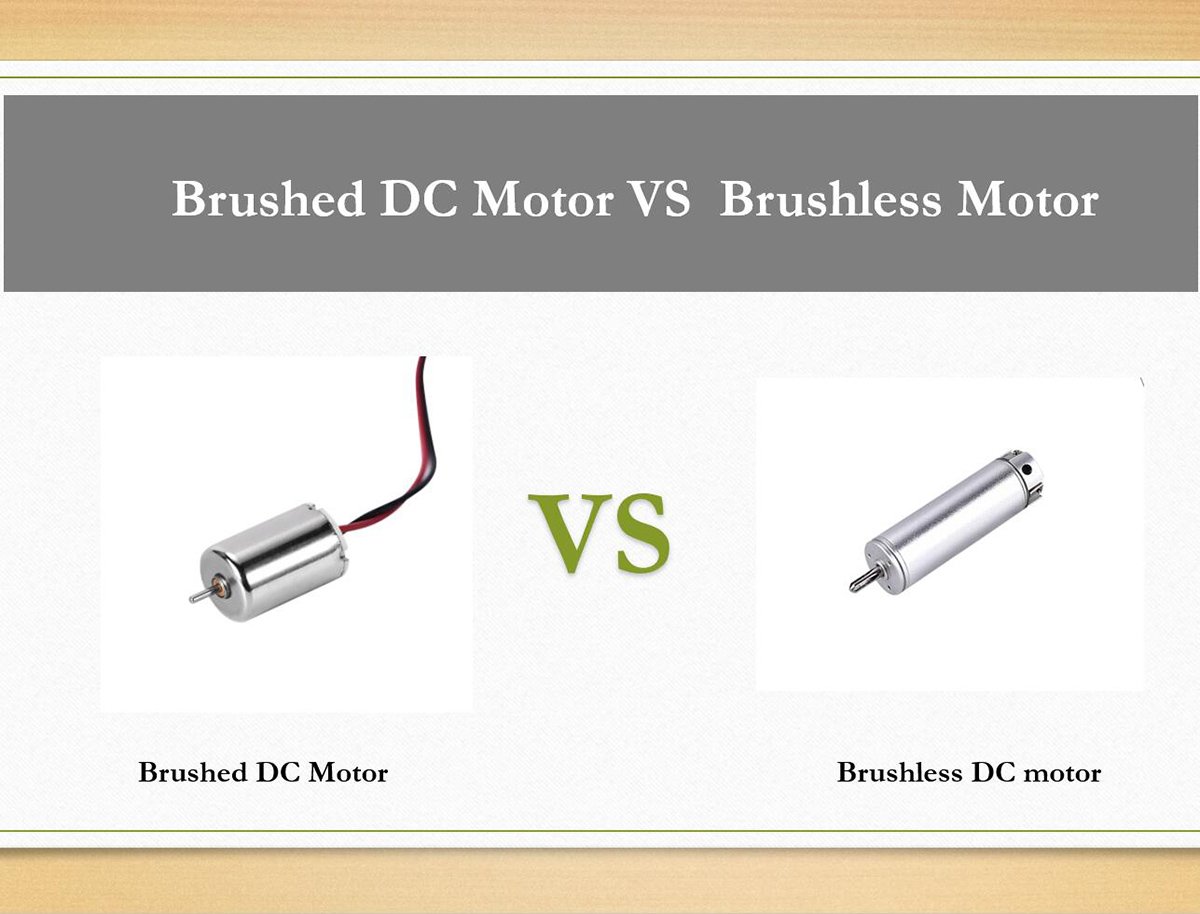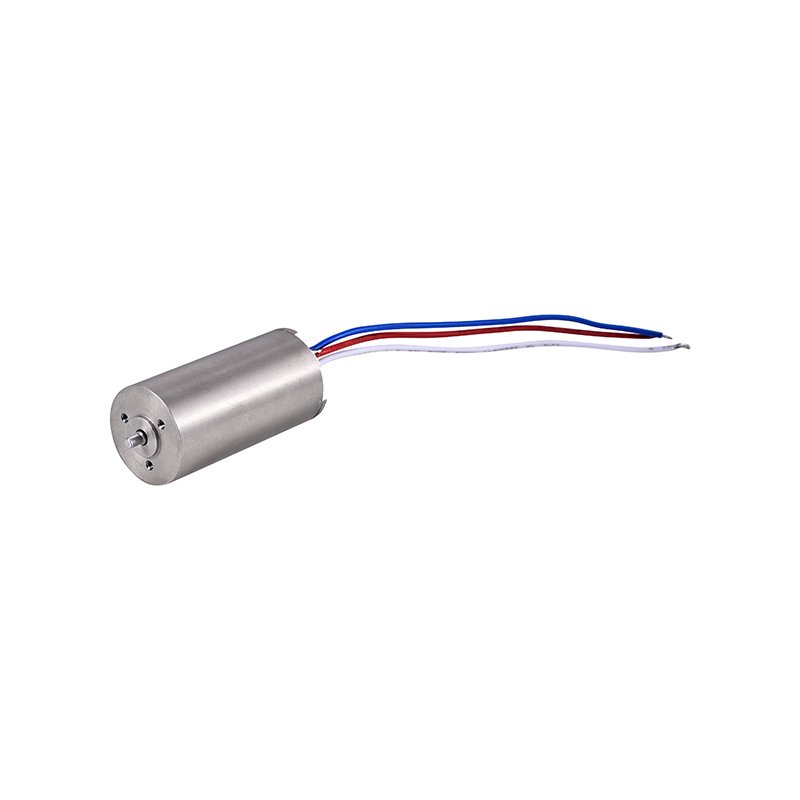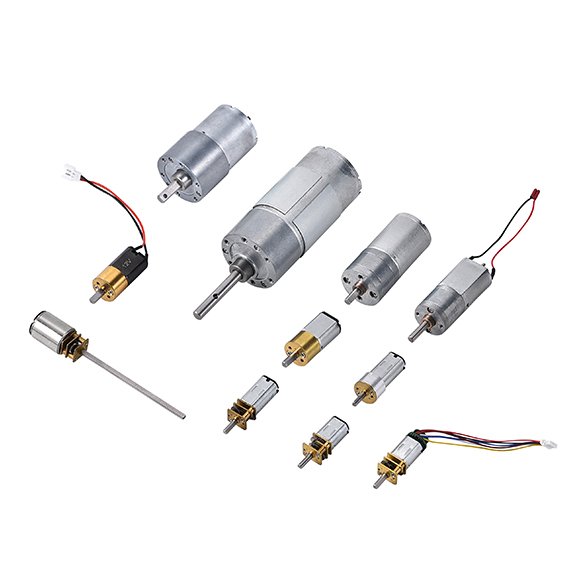A micro brushless motor uses electronic control to spin without mechanical brushes. You get high efficiency and precise movement, which leads to reliable performance in demanding applications. The global market for these motors reached USD 41.80 billion in 2023 and is expected to grow at a 6.2% CAGR through 2030:
Attribute | Value |
|---|---|
Market size value in 2023 | USD 41.80 billion |
Revenue forecast in 2030 | USD 63.57 billion |
Growth Rate | CAGR of 6.2% |
You can see how micro brushless motors compare in efficiency:

INEED leads with advanced designs, offering quiet operation, IoT integration, and predictive maintenance.
Key Takeaways
Micro brushless motors use electronic control, which leads to high efficiency and precise movement. This makes them ideal for modern devices.
These motors have fewer mechanical parts, resulting in less maintenance and a longer lifespan. You save time and money with minimal upkeep.
Micro brushless motors operate quietly, making them perfect for sensitive environments like hospitals and dental offices.
Customization options allow you to tailor the motor’s torque, speed, and size to fit specific needs, enhancing performance for various applications.
Industries like healthcare, robotics, and consumer electronics benefit from the versatility and reliability of micro brushless motors.
What Is a Micro Brushless Motor

Micro Brushless Motor Definition
A micro brushless motor is a compact electric motor that uses electronic control instead of mechanical brushes to generate motion. You will find that this type of motor stands out for its high efficiency, precise speed control, and long service life. INEED Motors designs these motors to deliver reliable performance in small spaces, making them ideal for modern devices that require both power and compactness.
You can see micro brushless motors in action across many industries. Their small size and quiet operation make them perfect for advanced technology and sensitive environments. Here are some common applications:
Aerospace: Supports life support systems in spacecraft and satellites.
Manufacturing: Powers motor control and actuation systems for durable, long-lasting performance.
Marine: Drives underwater drones and watercraft.
Medical: Runs dental drills and sleep apnea machines, where quiet operation is essential.
Robotics: Moves prosthetic limbs and service robots for smooth, precise actions.
Transportation: Propels electric bicycles, scooters, and hoverboards.
You benefit from the versatility of micro brushless motors, as they adapt to a wide range of needs, from healthcare to robotics.
Key Components of Brushless Motor
When you look inside a micro brushless motor, you will notice several key parts that work together to create efficient motion. These components differ from those in traditional brushed motors, which rely on brushes and a commutator. The table below highlights the main differences:
Component | Brushless Motor (BLDC) | Brushed Motor |
|---|---|---|
Rotor | Permanent magnets | Windings |
Stator | Coils generating magnetic field | Armature with windings |
Commutator | Not present | Split cylindrical ring |
Brushes | Not present | Carbon brushes |
You will see that a micro brushless motor does not use brushes or a commutator. This design reduces friction and wear, so you get less maintenance and a longer lifespan. The rotor contains permanent magnets, often made from rare earth materials like neodymium (NdFeB), which help deliver strong and efficient performance. The stator uses steel laminations stacked together to carry the windings and generate the magnetic field.
Here is a quick overview of the materials used in these motors:
Component | Material Used | Description |
|---|---|---|
Housing | Aluminum Alloys | Balances weight, strength, and heat dissipation |
Stator | Steel Laminations | Supports the windings and improves efficiency |
Rotor | Permanent Magnet | Provides strong magnetic force for motion |
You gain several advantages from this construction. The use of permanent magnets and advanced materials means your micro brushless motor can run cooler and more efficiently, even in demanding environments.
Tip: Because micro brushless motors do not have brushes, you will experience less noise and smoother operation, which is especially important in medical and precision equipment.
A micro brushless motor combines advanced materials, smart design, and electronic control to give you a powerful, reliable, and compact solution for modern technology.
How Does a Brushless Motor Work
How Brushless Motors Work: Internal Structure
When you look inside a micro brushless motor, you see a clever design that boosts efficiency and reliability. The main parts include the stator, rotor, and windings. The stator sits on the outside and holds copper windings. These windings create a magnetic field when electricity flows through them. The rotor sits inside and contains strong permanent magnets. The magnets interact with the stator’s magnetic field, causing the rotor to spin.
You can understand how brushless motors work by looking at the way each part helps the motor run smoothly. The stator uses laminated silicon steel sheets. These laminations cut down on energy loss and keep the motor cool. The windings are arranged in patterns called Delta or Wye. This arrangement affects how much torque and speed the motor can produce. The rotor uses high-quality magnets, often made from neodymium, to deliver strong force and efficient motion.
Here is a table that shows how each part adds to the motor’s efficiency:
Component | Contribution to Efficiency |
|---|---|
Windings and Phases | The arrangement of windings in Delta or Wye configurations affects torque and speed, optimizing performance. |
Laminations | Laminated steel plates reduce eddy currents, minimizing energy loss and improving efficiency. |
Poles | The number of stator and rotor poles influences torque smoothness and operational efficiency. |
Note: The stator’s iron core uses laminated silicon steel to reduce losses. The windings generate the magnetic field. The rotor’s permanent magnets boost torque and efficiency.
You get a motor that runs cooler, lasts longer, and uses less energy. This design is why INEED’s BLDC motors perform so well in demanding applications.
Electronic Control in Brushless Motor
You might wonder how does a brushless motor work without brushes. The answer is electronic commutation. Instead of using brushes and a mechanical commutator, the motor relies on a controller. This controller switches the current in the windings at the right time, making the rotor spin.
Electronic commutation brings many benefits. You get less waste heat, which saves energy and keeps the motor running longer. The motor operates quietly and needs very little servicing. You also see better performance, especially at lower speeds. The controller can adjust speed, torque, and direction with great precision.
Here are some advantages of electronic control:
Produces less waste heat
Saves energy
Extends the life of components like windings and bearings
Offers quiet operation
Requires minimal servicing
You will find different types of controllers for micro brushless motors. Some are compact and low power, while others handle higher power and advanced features. These controllers help you get the most out of your motor, whether you need precise speed control or extra torque.
Tip: INEED’s brushless DC motors use advanced electronic controllers to deliver smooth, reliable motion. You can trust these motors for applications that demand accuracy and durability.
When you learn how brushless motors work, you see why they are the top choice for modern devices. The combination of smart internal structure and electronic control gives you a motor that is efficient, quiet, and built to last.
Brushless Motor Advantages
Efficiency and Reliability
You will notice that a brushless motor delivers outstanding efficiency compared to traditional electric motors. The design eliminates brushes, which means less friction and less wasted energy. Brushless motor technology often achieves over 90% efficiency, while brushed motors usually reach only 70-80%. This high efficiency leads to lower power consumption and longer battery life in your devices. You also benefit from reduced heat generation, which helps your equipment last longer.
A brushless motor stands out for reliability. You face fewer mechanical failure points. Take a look at this comparison:
Motor Type | Failure Points |
|---|---|
Brushed Motors | Brush wear, Brush spring failure, Commutator wear/scoring, Shorting from carbon dust, Winding failure, Bearing failure |
Brushless Motors | ESC failure, Sensor failure, Bearing failure |
Brushless motors offer better thermal management and longer operational lifespans. You can expect more uptime and fewer interruptions.
Note: Brushless motors also help reduce noise pollution, making them ideal for sensitive environments like hospitals and laboratories.
Maintenance-Free Operation
You save time and money with a brushless motor because it requires minimal maintenance. The absence of brushes means you do not need to replace worn parts or clean commutators. Routine maintenance is generally unnecessary. You only need to check bearings occasionally. Brushed electric motors demand regular care, including brush replacement and commutator cleaning, which increases downtime.
Aspect | Brushed Motors | Brushless Motors |
|---|---|---|
Maintenance Focus | Regular care for brushes/commutators | Occasional bearing checks |
Maintenance Frequency | High | Low |
Downtime | Frequent repairs | Rare interruptions |
Brushless motors use electronic controllers to switch current through the stator windings. This design reduces mechanical wear and extends the life of your equipment.
Brushless motors have higher efficiency, leading to reduced energy consumption.
Longer lifespan results in lower maintenance costs.
Durability minimizes downtime, saving you money over time.
Customization with INEED Brushless Gear Motors
You can tailor a brushless motor from INEED to fit your exact needs. INEED offers a wide range of customization options for brushless gear motors. You may adjust torque, set custom speed levels, and choose the voltage that matches your power requirements. You can change dimensions for a perfect fit and design internal structures for unique applications. Technical parameters and encoder options allow you to improve precision and control.
Customization Option | Impact on Performance |
|---|---|
Adjust torque | Tailors motor output to specific needs |
Set custom speed levels | Optimizes performance for different applications |
Tailor voltage | Ensures compatibility with power requirements |
Change dimensions | Provides a perfect fit for devices |
Design internal structures | Enhances functionality for unique applications |
Select technical parameters | Optimizes overall motor performance |
Add or modify encoders | Improves precision and control |
Choose custom accessories | Expands functionality and usability |
INEED brushless gear motors last over 10,000 hours and operate quietly. You gain a cost-effective solution with up to 40% lower total cost of ownership compared to brushed electric motors. The environmental benefits include reduced CO2 emissions, less waste, and quieter operation.
Tip: Customizing your brushless motor ensures you get the best performance for your application, whether you need high torque, low noise, or compact size.
Applications of Micro Brushless Motors
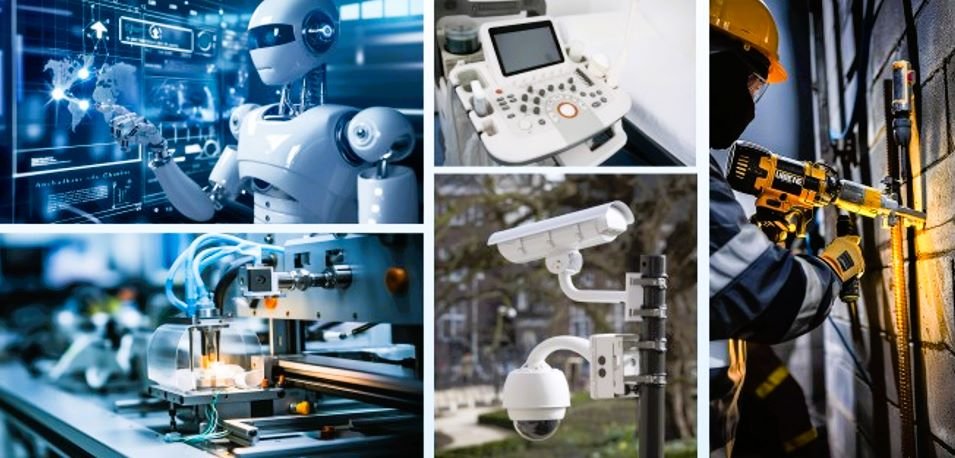
INEED Solutions in Healthcare and Pool Cleaning
You see micro brushless motors making a big impact in healthcare and pool cleaning. INEED designs motors for electric dental handpieces that help dentists work with greater precision and comfort. These motors run quietly and maintain constant speed, which improves patient safety and treatment quality. You notice less vibration and noise during dental procedures, which helps both patients and professionals.
Pool cleaning equipment also benefits from INEED’s brushless motor technology. You get high torque and reliable cleaning performance. The motors allow pool cleaners to climb stairs, handle debris, and operate quietly. This means you spend less time on maintenance and enjoy a cleaner pool.
Here is a quick look at how brushless motors improve pool cleaning:
Application Area | Use Case | Benefit of Brushless Motors |
|---|---|---|
Robotics | Pool Cleaner |
Tip: INEED’s brushless motors help you achieve better results in both healthcare and pool cleaning by combining power, precision, and quiet operation.
Other Common Uses
You find micro brushless motors in many industries. Automotive companies use them in drones, autonomous vehicles, and robotic arms. Healthcare relies on these motors for infusion pumps, surgical robots, and diagnostic tools. Robotics applications include camera gimbals and navigation systems, which need stability and control.
Consumer electronics also benefit from micro brushless motors. You experience haptic feedback and camera stabilization in smartphones and wearables. Industrial automation uses these motors in fans, pumps, and valves for HVAC systems. This improves energy efficiency and reduces operational costs.
Here is a table showing where micro brushless motors excel:
Industry | Applications |
|---|---|
Automotive | Drones, autonomous vehicles, robotic arms |
Healthcare | Medical equipment such as infusion pumps, surgical robots, diagnostic tools |
Robotics | Camera gimbals, navigation systems |
Consumer Electronics | Haptic feedback, camera stabilization, small-scale actuation in smartphones and wearables |
Industrial Automation | Fans, pumps, valves in HVAC systems |
Note: You benefit from the versatility of micro brushless motors. These motors deliver reliable performance in devices that demand precision, quiet operation, and energy savings.
You gain many benefits when you choose micro brushless motors. These motors offer less rotor heat, high efficiency, quick response, and minimal maintenance. See how they compare:
Advantage | Why It Matters |
|---|---|
High efficiency | Saves energy and boosts performance |
Low maintenance | Reduces downtime and costs |
Compact size | Fits in tight spaces |
Superior control | Delivers precise movement |
INEED gives you reliable, customizable solutions. You can adjust gear ratios, add connectors, or select special encoders for your needs. You find motors that last over 20,000 hours and work quietly. Explore INEED’s products to power your next project with confidence.
FAQ
What makes a brushless dc motor different from a brushed motor?
You will see that a brushless dc motor uses electronic control instead of brushes. This design reduces friction and wear. You get higher efficiency, longer lifespan, and quieter operation. You also experience less maintenance with this type of motor.
How do you control the speed of a brushless dc motor?
You use an electronic controller to adjust the speed of a brushless dc motor. The controller changes the current in the windings. You can set precise speeds for your application. This method gives you smooth and reliable motor performance.
Where can you use a micro brushless dc motor?
You can use a micro brushless dc motor in medical devices, robotics, pool cleaners, and consumer electronics. You benefit from compact size and quiet operation. These motors work well in places where you need precision and reliability.
Why should you choose a brushless dc motor for your project?
You should choose a brushless dc motor because it offers high efficiency and long service life. You get less noise and minimal maintenance. You can customize the motor for your needs. This choice helps you save energy and reduce costs.
Can you customize a brushless dc motor for special requirements?
You can customize a brushless dc motor with INEED. You select torque, speed, voltage, and dimensions. You add encoders or special gearboxes. You get a motor that fits your exact needs. Customization improves your device’s performance and reliability.
